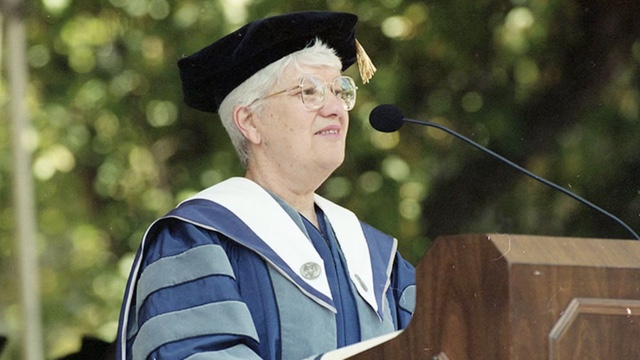Nowadays we know that visible matter is made from two fundamental building blocks: quarks that combine into protons and neutrons to form the nuclei of atoms, and electrons that orbit around them. Until the second half of the last century, most scientists believed that this matter was the only component of the Universe, sustained by gravity while floating in a cosmic void.
This theory was challenged in the 70s when astronomer Vera Rubin realized that the mass of visible matter was not enough to sustain the rotation velocities of galaxies alone. Vera found that galaxies rotated so fast that the gravity from the visible matter was not enough to fight the kinematic force of their rotation, and prevent stars on the outskirts from flying apart like a giant sprinkler. Some other astronomers had observed similar anomalies earlier in the century. Astronomers like Horace Babcock, Jan Oort, or Fritz Zwicky observed that galaxies like Andromeda, the Spindle Galaxy and some members of the Coma cluster of galaxies rotated way too fast. Babcock believed these were isolated cases that could be explained by excess dust obscuring the galaxies and making us underestimate their masses, while Oort and Zwicky independently suggested that there were halos of non-luminous (and thus invisible) matter around the galaxies.
With her fellow astronomer Kent Ford, Vera Rubin showed that this problem was present across the whole sky. She published rotation curves showing how the rotation velocity of stars in galaxies changes with distance to the centre, and gets too fast at the edges. These observations were compatible with the hypothesis that galaxies grow in halos of invisible matter helping to hold them gravitationally.
Astronomers still work to understand this ‘dark matter’, which makes up 84% of the total matter in the Universe, but Rubin’s legacy set the foundation for our current paradigms of formation, evolution and structure of the Universe. In her honor, the LSST observatory in Chile was re-named the Vera C. Rubin Observatory. For 10 years starting in 2025, it will scan the skies to map the large-scale structure of matter in the universe, building on the foundation that Vera Rubin laid for the next generations of astronomers aiming to unveil the visible and invisible mysteries of our Universe.
MSc in Astrophysics and Particle Physics.
PhD candidate working in the field of Galaxy Evolution and Large Scale Structure.


